Optimal Timing for Waterproofing Projects
Proper timing is essential for effective waterproofing projects. The optimal period depends on weather conditions, temperature ranges, and the specific type of waterproofing material used. Generally, dry and mild weather ensures better adhesion and curing, leading to longer-lasting results.
Spring offers moderate temperatures and lower humidity, making it an ideal time for waterproofing. It allows sufficient curing time before summer heat or winter cold.
Summer provides warm conditions, but excessive heat and humidity can affect drying times. Early summer is preferable to avoid the peak heat of late summer.
Fall's cooler temperatures and lower humidity levels make it suitable for waterproofing, especially before winter sets in.
Winter is generally unsuitable due to freezing temperatures and high moisture levels, which hinder proper curing and adhesion.
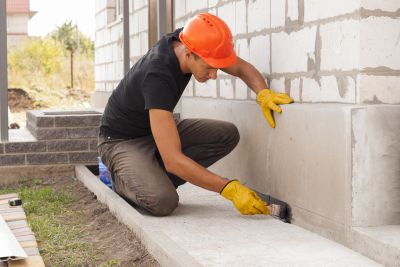
Image depicting waterproofing work during spring with clear weather.
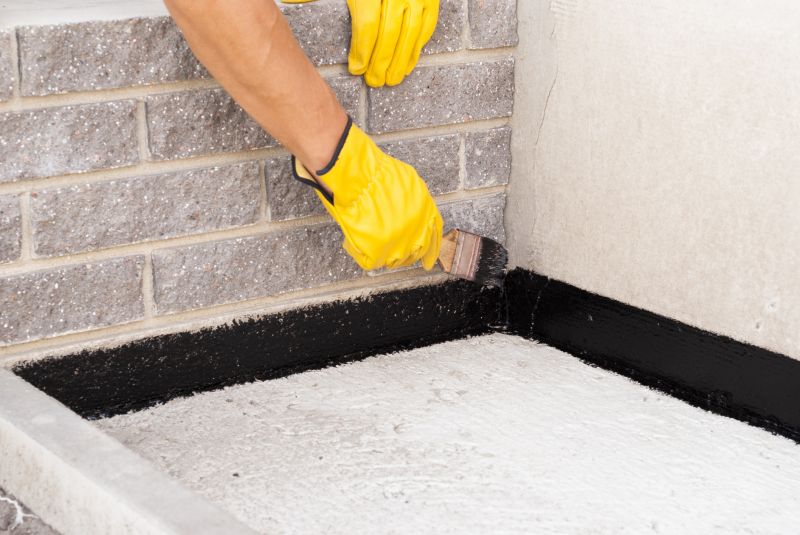
Image showing waterproofing in warm summer conditions.
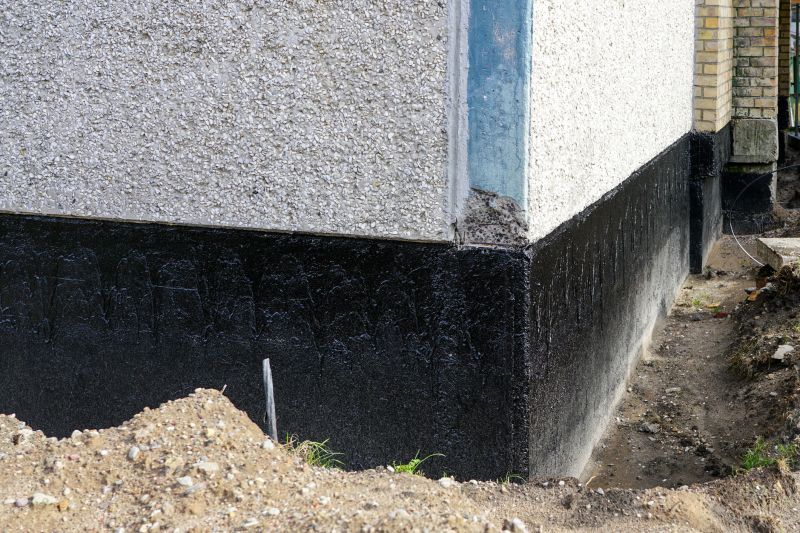
Image of waterproofing being applied in autumn.
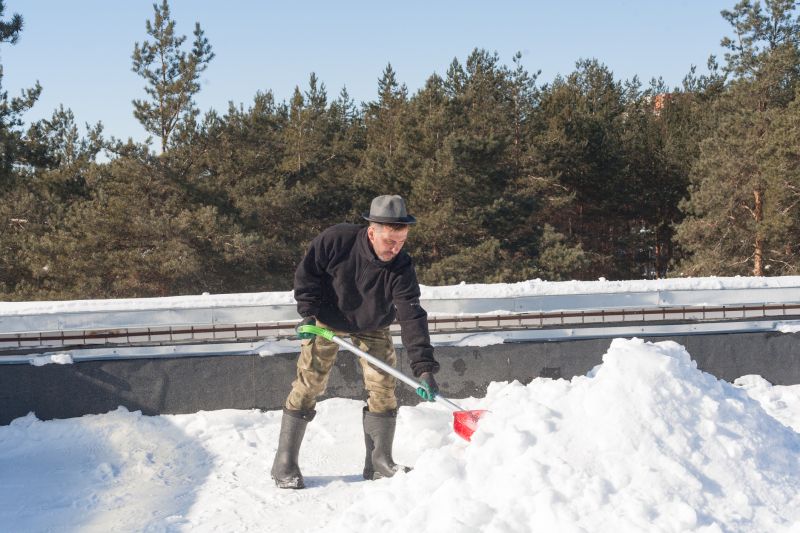
Image illustrating the difficulties of waterproofing during winter.
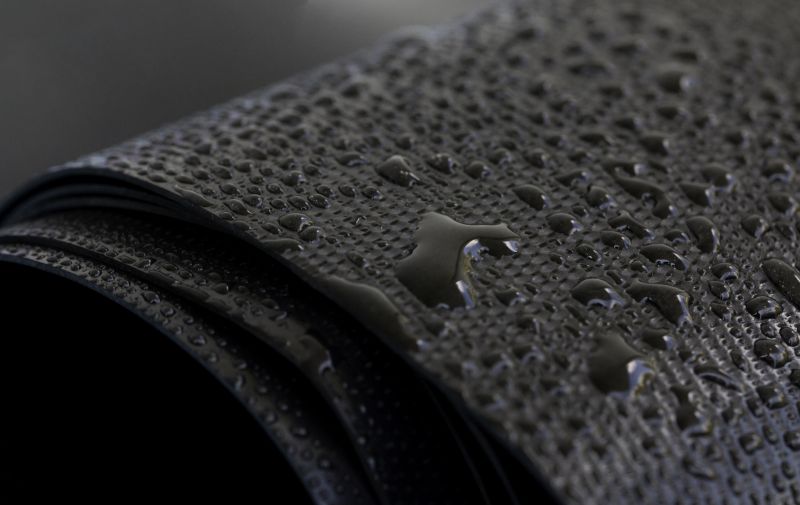
Close-up of waterproofing materials applied within ideal temperature ranges.
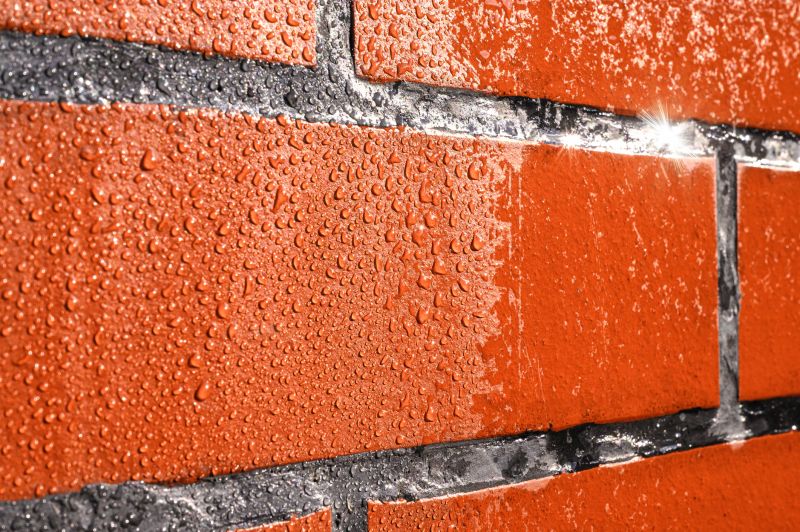
Image emphasizing dry conditions for waterproofing success.
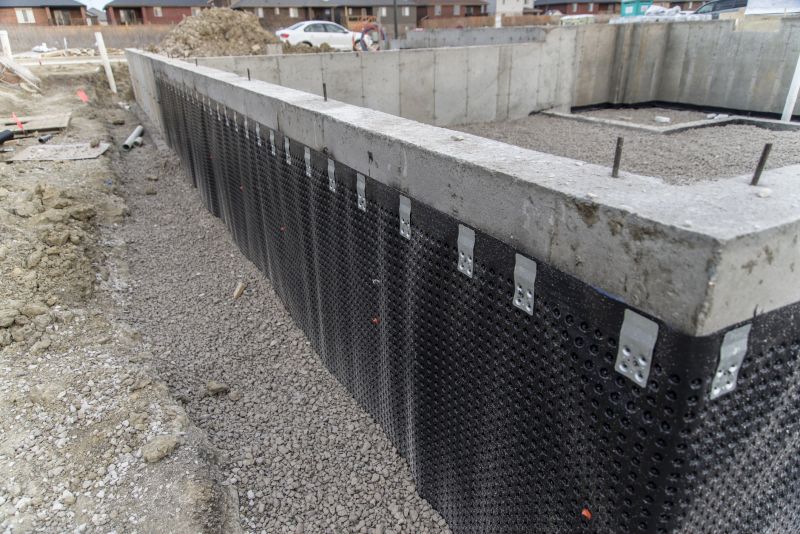
Image of waterproofing before winter freeze.
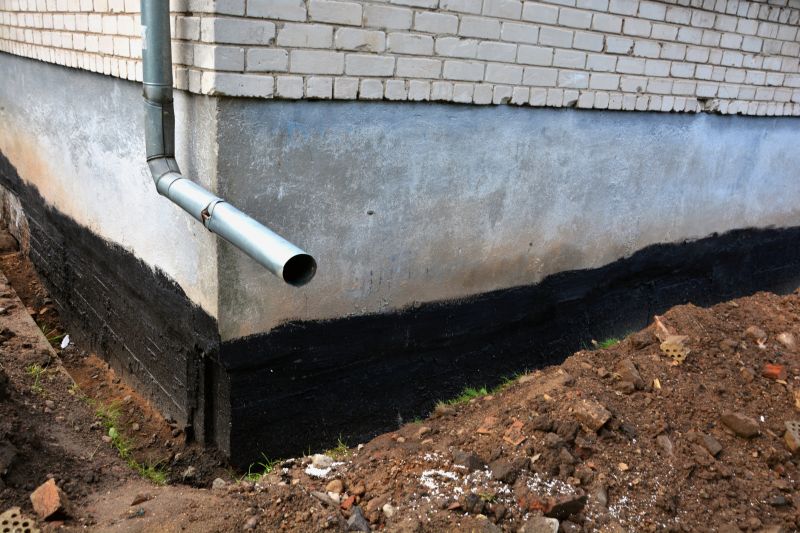
Another image showcasing waterproofing in spring weather.

Image demonstrating waterproofing during hot weather.
| Season | Recommended Conditions |
|---|---|
| Spring | Moderate temperatures, low humidity |
| Summer | Warm but avoid peak heat and humidity |
| Fall | Cooler temperatures, lower humidity |
| Winter | Not recommended due to freezing and moisture |
Waterproofings are vital for protecting structures from water intrusion, which can cause damage, mold growth, and structural deterioration. Modern waterproofing materials include membranes, sealants, and coatings that are designed to withstand various environmental conditions. Proper application during the correct season enhances durability and effectiveness.
Statistics indicate that waterproofing can extend the lifespan of buildings by preventing water-related issues. Studies show that applying waterproofing in favorable weather conditions reduces failure rates by a significant margin, ensuring long-term protection and reducing repair costs.
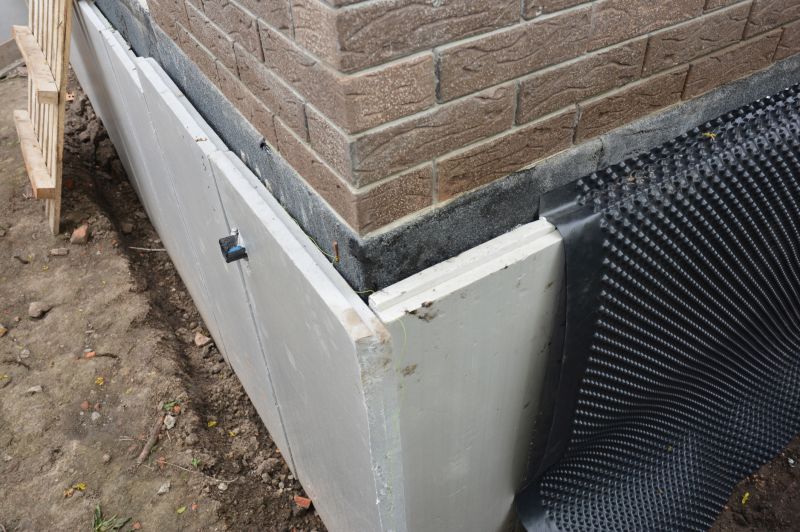
Image of membrane being installed on a building foundation.
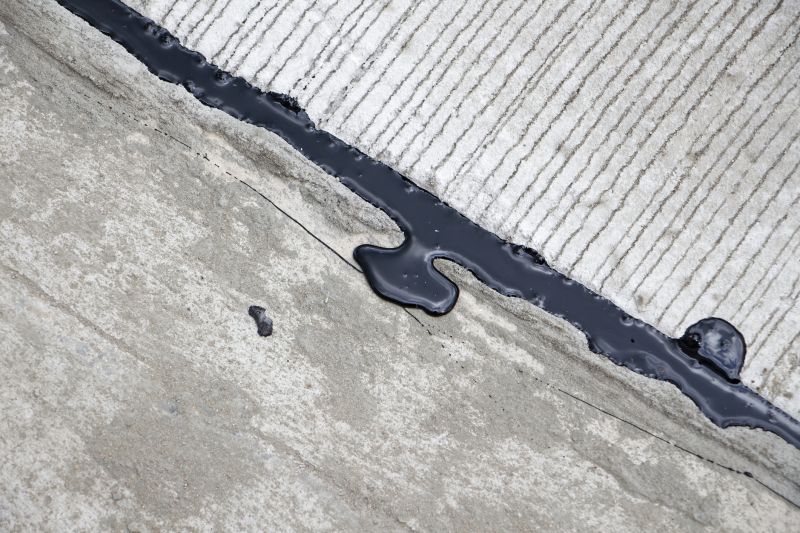
Image showing sealants applied around joints and gaps.

Image of waterproof coatings on roofing surfaces.
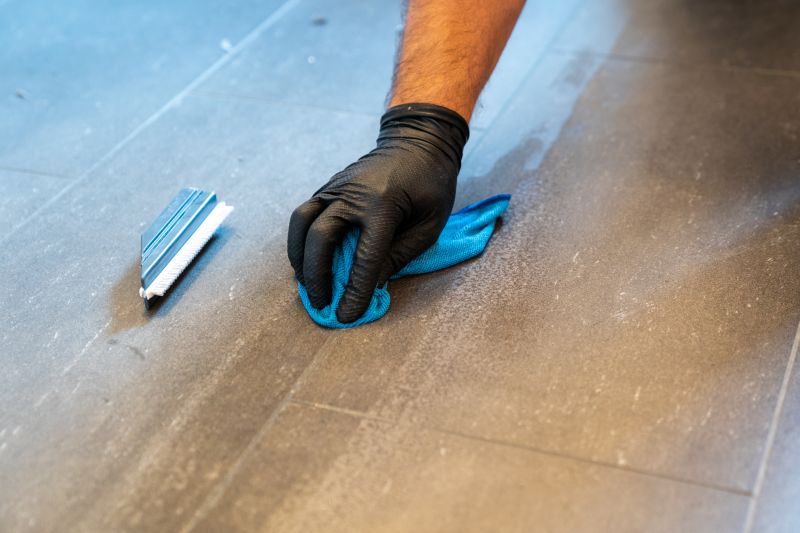
Image depicting ongoing waterproofing work.
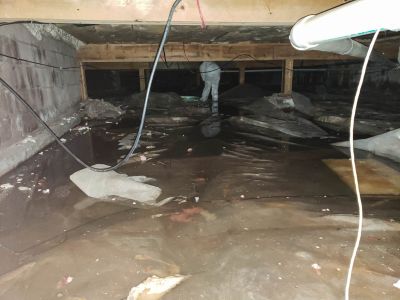
Ways to make Waterproofings work in tight or awkward layouts.

Popular materials for Waterproofings and why they hold up over time.
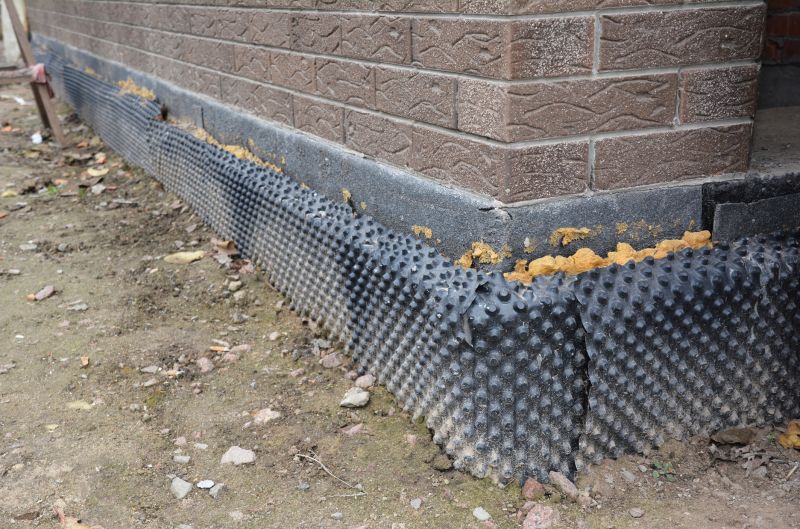
Simple add-ons that improve Waterproofings without blowing the budget.

High-end options that actually feel worth it for Waterproofings.
Individuals interested in waterproofing services are encouraged to contact for more information or to schedule an assessment. Proper timing and application are key to ensuring long-lasting protection against water damage.

